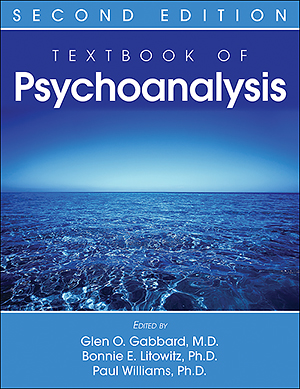Sections
Excerpt
Sociological and developmental events within the history of psychoanalysis have conspired to give the problems of termination and reanalysis a new urgency. To address the sociological aspect, first we have to face the fact that there is a substantial subgroup within the population that requires continued professional assistance just to keep on functioning. It is no longer rare that one is consulted by a patient who is now middle age or ever older and has been in continuous treatment since early adulthood or even childhood. It is even conceivable that in the future mental health practitioners will be trained as auxiliary figures whose job will be to assist those who cannot function on their own. In the language that Kohut has created, these will be professionals willing and able to function as an auxiliary self-object to severely impaired patients. The other group will be trained, as most psychoanalysts are today, to bring the treatment to conclusion, with greater at-tention to termination than is customary in the current training. Today all analysts have among their patients a mixture of the two groups. The professional training of the future psychoanalyst today is geared toward the second group; if psychoanalysts have to deal with the first group—patients whose treatment is either interminable or very prolonged—their own professional commitment and self-esteem suffer. To put it into technical psychoanalytic language, if the superego of the therapist demands a cure within a number of years and the patient is in need of lifelong assistance, the match will not be a good one. In this contribution I deal primarily with the historical culture of psychoanalysis, but the sociological pressures should always be kept in mind.
Access content
To read the fulltext, please use one of the options below to sign in or purchase access.- Personal login
- Institutional Login
- Sign in via OpenAthens
- Register for access
-
Please login/register if you wish to pair your device and check access availability.
Not a subscriber?
PsychiatryOnline subscription options offer access to the DSM-5 library, books, journals, CME, and patient resources. This all-in-one virtual library provides psychiatrists and mental health professionals with key resources for diagnosis, treatment, research, and professional development.
Need more help? PsychiatryOnline Customer Service may be reached by emailing [email protected] or by calling 800-368-5777 (in the U.S.) or 703-907-7322 (outside the U.S.).



